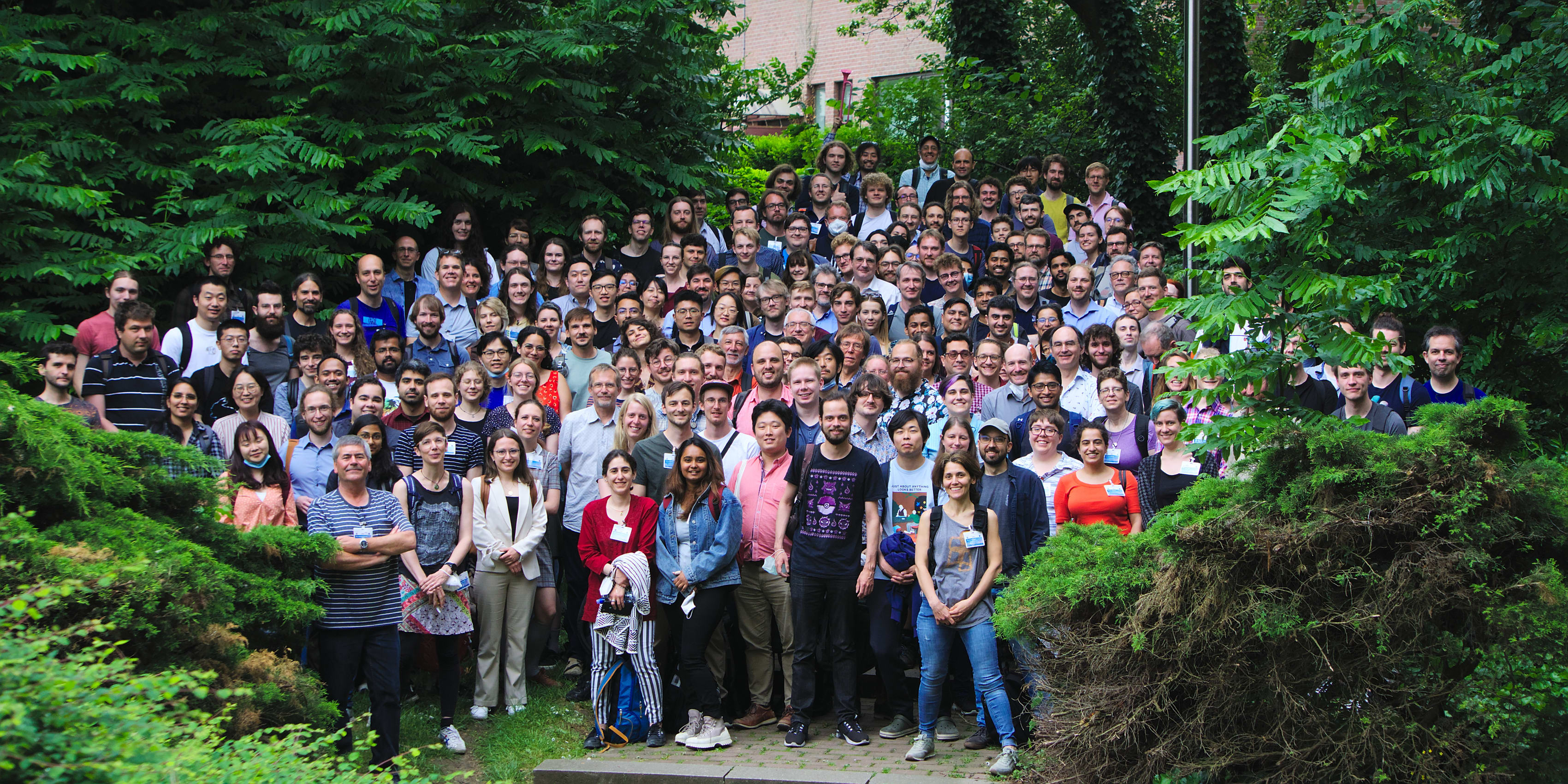IceCube neutrinos give us first glimpse into the inner depths of an active galaxy
For the first time, an international team of scientists have found evidence of high-energy neutrino emission from NGC 1068, also known as Messier 77, an active galaxy in the constellation Cetus and one of the most familiar and well-studied galaxies to date.
The detection was made at the National Science Foundation-supported IceCube Neutrino Observatory, a massive neutrino telescope encompassing 1 billion tons of instrumented ice at depths of 1.5 to 2.5 kilometers below Antarctica's surface near the South Pole. NGC 1068 is an active galaxy—a Seyfert II type in particular—seen from Earth at an angle that obscures its central region where the black hole is located. NGC 1068 could become a standard candle for future neutrino telescopes, according to Theo Glauch, a postdoctoral associate at the Technical University of Munich (TUM), in Germany, one of the main analyzers.
At the Institute of Physics, we are happy to have contributed to this new milestone result. The group of Dr. Anatoli Fedynitch, established in 2021 within the Medium and High Energy Particle Physics Group, is looking for talented researchers to increase our involvement in IceCube and its future upgrades.

Journal Links: https://www.science.org/doi/10.1126/science.abg3395